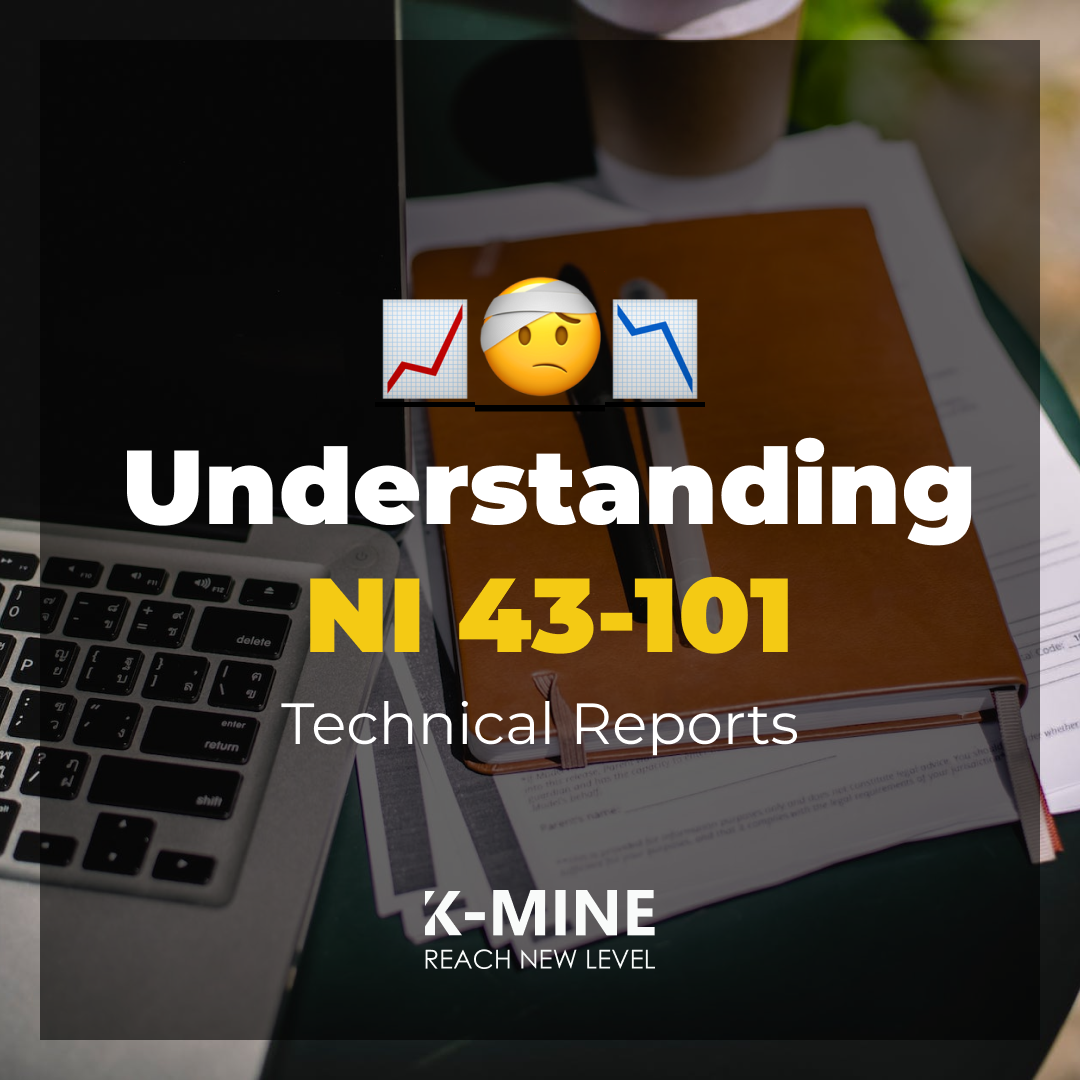 An NI 43-101 Technical Report serves as a concise summarization of essential scientific and technical details associated with mineral exploration, development, and production on a given mineral property, crucial to an issuer. The creators of these reports are reminded in the Form 43-101F1 Instructions that their primary audience consists of the general investing public and their consultants, most of whom may not be seasoned mining experts. As such, the technical reports should be crafted in a manner that’s both easy to understand and provides enough contextual information, ensuring the investor comprehends the report’s significance, inherent limitations, and presented conclusions.
An NI 43-101 Technical Report serves as a concise summarization of essential scientific and technical details associated with mineral exploration, development, and production on a given mineral property, crucial to an issuer. The creators of these reports are reminded in the Form 43-101F1 Instructions that their primary audience consists of the general investing public and their consultants, most of whom may not be seasoned mining experts. As such, the technical reports should be crafted in a manner that’s both easy to understand and provides enough contextual information, ensuring the investor comprehends the report’s significance, inherent limitations, and presented conclusions.
A growing concern, however, is the overloading of these reports with excessive data and intricate details, making them decipherable only to experts. This article aims to highlight the dos and don’ts of including content in these reports.
The Scope of an NI 43-101 Technical Report can encompass:
- An inaugural report about a mineral property (whether in exploration or operation).
- An overview of exploration undertakings, emphasizing Quality Control/Quality Assurance (QA/QC).
- A summarization of the mineral resource evaluation for a given property.
- Details about ownership types, including non-operational interests (like Royalties).
- Results from a Preliminary Economic Assessment.
- Findings from a Pre-Feasibility Study, contingent on the project’s intricacy.
- Outcomes of a Feasibility Study concerning a mineral property.
- An update on ongoing projects, possibly featuring the latest resource and reserve assessments.
- Other related reports.
From the launch of the NI 43-101 report format, K-MINE has evaluated a vast spectrum of reports, ranging from concise ones with scanty details to extensive 500-page documents, typically focusing on pre-feasibility and feasibility evaluations.
It’s essential to clarify that a Technical Report shouldn’t be a mere aggregation of data post an exploration. Nor should it replace in-depth feasibility studies with all their integral technical blueprints and designs. Ideally, an NI 43-101 report should present a coherent summary of all scientific and technical data pertaining to an issuer’s significant property. Comprehensive appendices are often unnecessary, as the core of the report should be the summary.
Diving into the nuances of pre-feasibility and feasibility reports, they generally contain a plethora of secondary explorations related to economic studies, environmental benchmarks, extensive metallurgical reviews, geotechnical examinations, mine planning, process charts, and more. Occasionally, entire reports are dedicated solely to such niche studies.
Despite its inception as a concise report, the Technical Report has unfortunately morphed into a repository for all information. Ideally, the company’s Qualified Person should detail their findings and then distill them into a public-friendly Technical Report. There’s no need for an investor to sift through every minute aspect of an exploration; a summarized version highlighting the pivotal findings suffices.
In more intricate projects, to economize, certain steps are often overlooked. Companies sometimes cram extensive studies into a singular NI 43-101 report, leading to disorganized and insufficient data, especially evident during the construction financing and due diligence phase.
K-MINE encourages its clientele to conduct thorough pre-feasibility and feasibility investigations. Once these investigations conclude, their essence can be encapsulated into an NI 43-101 report suitable for regulatory submissions. This ensures that when funding is required, the company possesses all crucial studies and technical intel ready for thorough review. While a Technical Report facilitates a non-specialist investor in gauging a project’s merit, a comprehensive analysis of the foundational data by an independent expert remains pivotal in most financing scenarios.
In summary, the industry should acknowledge that the primary intent behind the NI 43-101 report is to provide a clear snapshot of a company’s technical endeavors related to its mineral assets, primarily aimed at informing investors and their consultants. The NI 43-101 should neither serve as a repository of all accessible data nor replace comprehensive feasibility studies.



 Back
Back